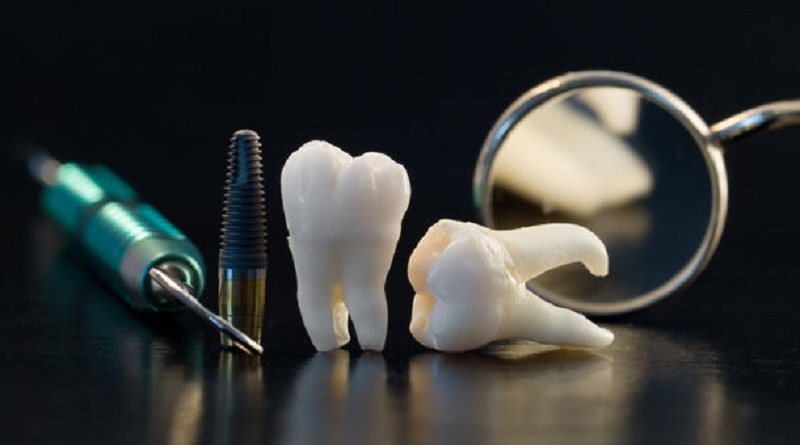Healing process of tooth extraction wound
1. Blood and blood clot formation: After tooth extraction, blood filled in the tooth extraction wound can form blood clot and seal the wound in about 15-30 minutes. The presence of this blood clot has the function of protecting the wound, preventing infection and promoting the normal healing of the wound.
2. Mechanization of blood clots and formation of granulation tissue: Several hours after tooth extraction, gingival tissue shrinks, making the tooth extraction wound smaller, which is also a reaction to protect blood clots and promote healing. About 24 hours later, fibrocytes extend from the alveolar bone wall into the blood clot, and endothelial cells from neighboring blood vessels proliferate, forming vascular buds and connecting into a vascular network. About 7 days later the clot is replaced by granulation tissue, at which point the alveolar bone begins to be absorbed by osteoclasts.
3. Replacement of granulation tissue by connective tissue and epithelial tissue: 3 to 4 days after tooth extraction, more mature connective tissue begins to replace granulation tissue, which is basically completed by 20 days. New bone began to form 5 to 8 days after operation, and immature fibrous bone gradually filled the extraction socket. Bone resorption continues at the sharp edges of the alveolar process, and the height of the alveolar process decreases as the extraction socket fills with bone. 3 to 4 days after extraction, the epithelium begins to grow from the gingival margin toward the surface of the blood clot, but the growth of epithelial tissue remains incomplete for 24 to 35 days, or even longer.
4. Original fibrous bone replaces connective tissue: After approximately 38 days, 2/3 of the extraction socket is filled with fibrous bone, and it takes 3 months for bone tissue to form completely. This bone density is low and the alveolar fossa can still be visualized on X-ray.
5. Mature bone tissue replaces immature bone, and alveolar process functional remodeling Alveolar process remodeling begins as early as 3 days after surgery. After 40 days, multiple layers of trabecular mature bone gradually formed in the healing area, and a layer of dense bone covered this area. The number and arrangement of trabeculae are reconstructed in response to the functional stress of alveolar bone. After 3 to 6 months, the reconstruction process was basically complete and normal bone structure appeared. The buccal bone plate of most teeth is thin, so the reconstruction and reconstruction process of the buccal alveolar bone is much more active than that of the lingual side, which is the reason why the buccal side has more bone cusps and carina.



























